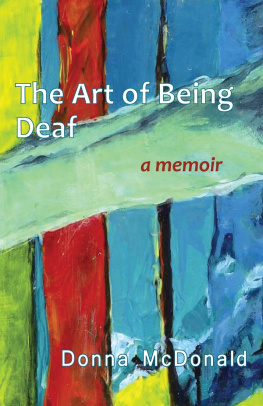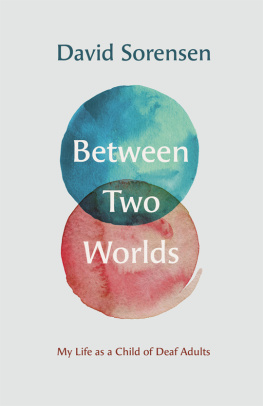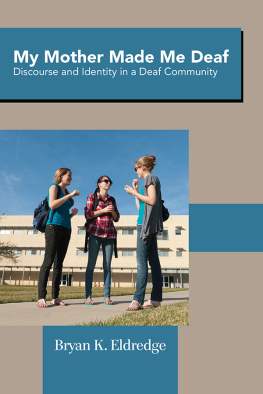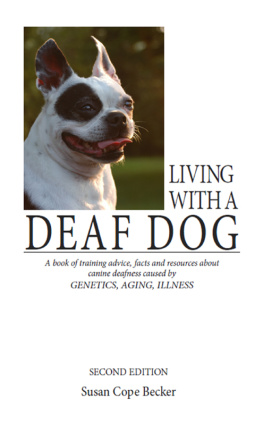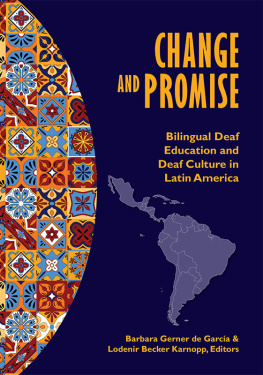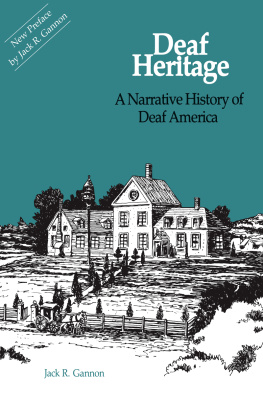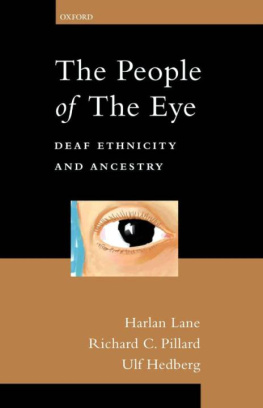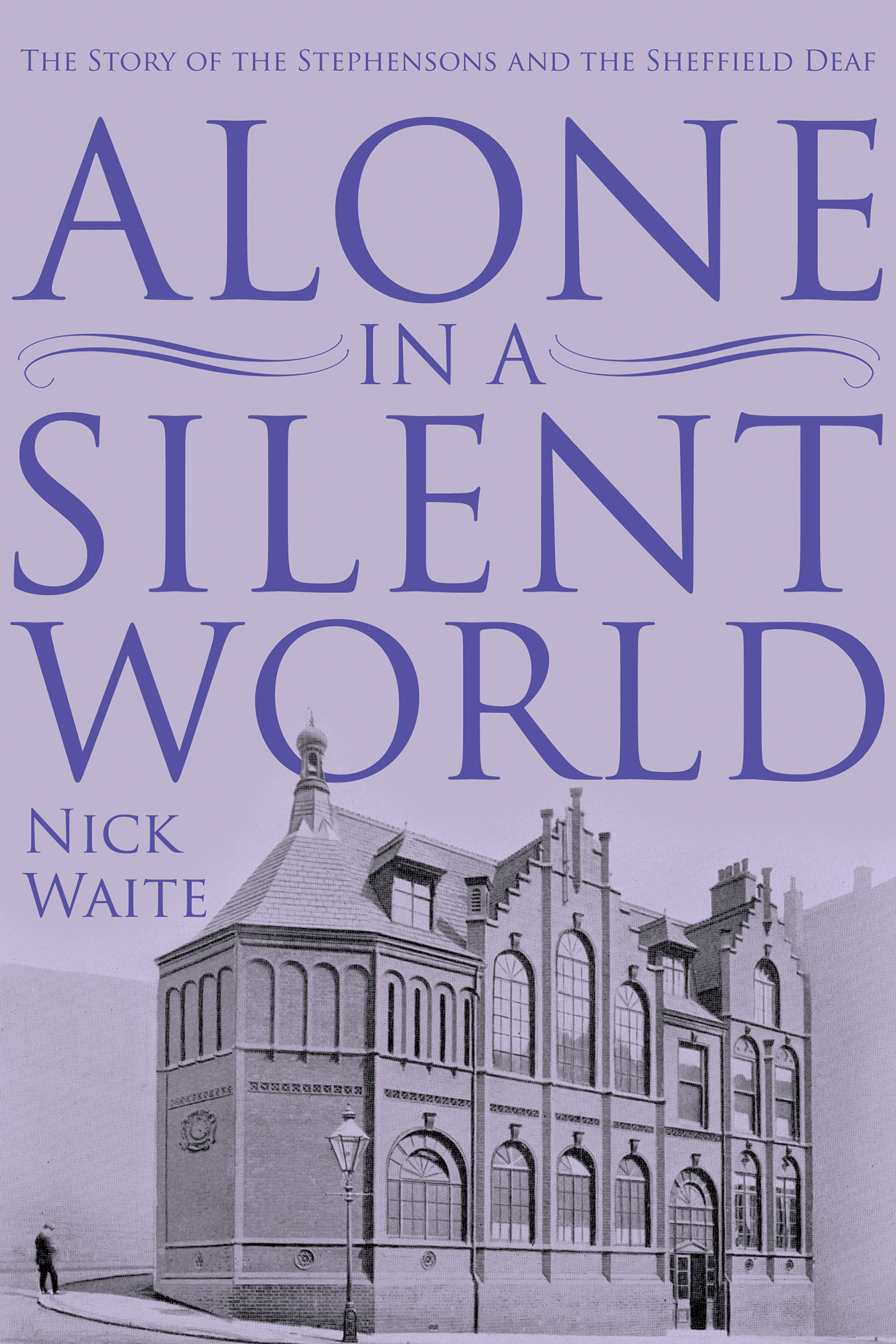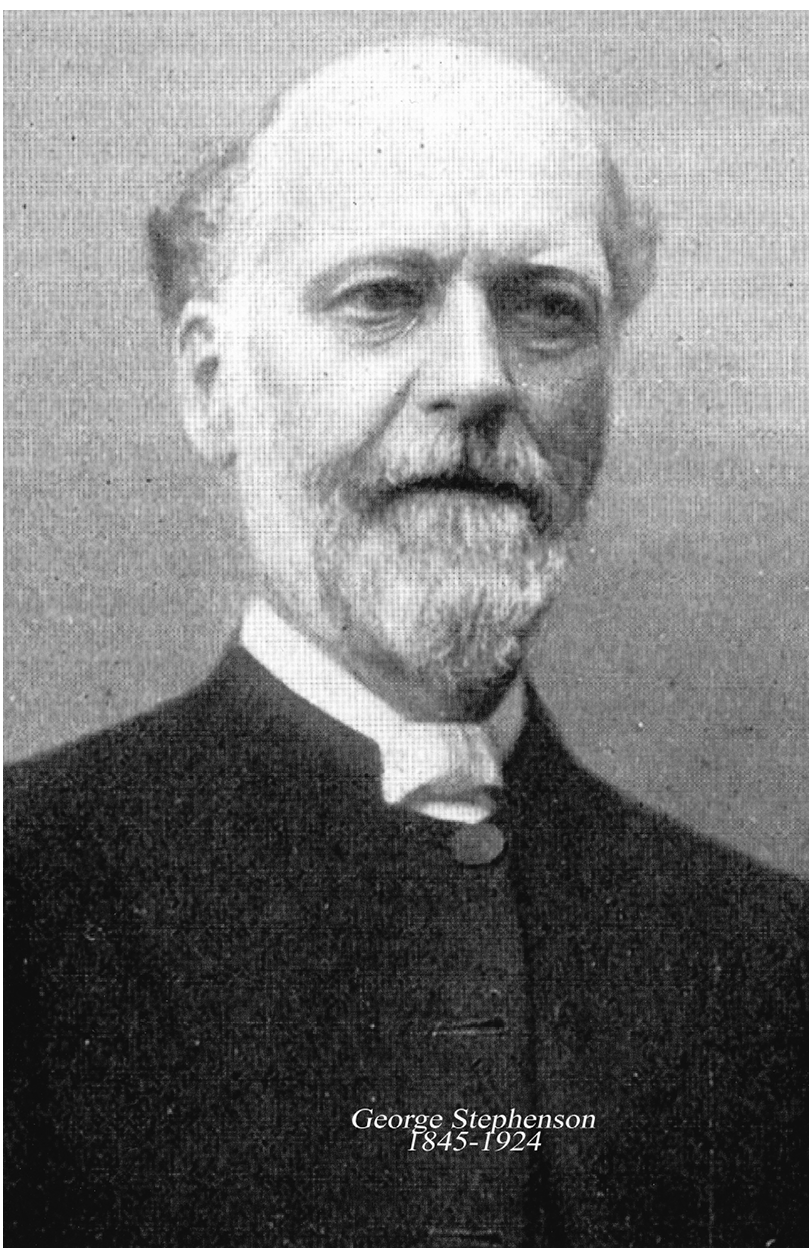Alone in a Silent World
The Story of the Stephensons and the Sheffield Deaf
Nick Waite
Copyright 2016 Nick Waite
The moral right of the author has been asserted.
Apart from any fair dealing for the purposes of research or private study,
or criticism or review, as permitted under the Copyright, Designs and Patents
Act 1988, this publication may only be reproduced, stored or transmitted, in
any form or by any means, with the prior permission in writing of the
publishers, or in the case of reprographic reproduction in accordance with
the terms of licences issued by the Copyright Licensing Agency. Enquiries
concerning reproduction outside those terms should be sent to the publishers.
Matador
9 Priory Business Park,
Wistow Road, Kibworth Beauchamp,
Leicestershire. LE8 0RX
Tel: 0116 279 2299
Email: books@troubador.co.uk
Web: www.troubador.co.uk/matador
Twitter: @matadorbooks
ISBN 978 1785895 654
British Library Cataloguing in Publication Data.
A catalogue record for this book is available from the British Library.
Matador is an imprint of Troubador Publishing Ltd
In memory of Angela Waite
1940-2015
Contents
Former solicitor Nick Waite has two sons and five grandchildren and lives in Sheffield, as have at least four generations of his family. He read history at Oxford; after graduation in 1961 he spent seven years in academic life before switching to law. Family research was delayed until retirement. He then discovered that his own great great grandparents Stephenson had neither hearing nor speech; in the accepted language of their day they were deaf and dumb. His story brings together social, local and family history to show how care for Sheffields profoundly deaf developed from the mid 19th century to the present day, together with the three generations of the family who ran the Sheffield Deaf and Dumb Institute from 1871 until it closed in 1960.
As in many areas of social reform over the last two centuries, political involvement led to clashes of interest and values, and the Sheffield story illustrates perfectly the sometimes rocky progress from Victorian philanthropy to the Welfare State
List of Illustrations
Cover: Architects drawing for Institute in Upper Charles Street, 1886
Frontispiece: George Stephenson, about 1910
Plate Section:
- Daniel Doncaster II
- Back to back housing in Hermitage Street Sheffield
- First floor room at 82 Division Street Sheffield
- The chapel/lecture hall at the Charles Street Institute
- The reading room at the Charles Street Institute
- Deaf ramblers in the Porter Valley Sheffield
- George Brookes at home in Rotherham
- Three deaf ladies signing
- George Stephenson and Rev W H Oxley in Kensington
- Colin Stephenson
- Sharrow Bank, 57 Psalter Lane Sheffield
The drawing on the front cover, the photo of George Stephenson preceding the title page, and all the numbered illustrations above except 9, 10 and 11 are available on picturesheffield.co m (copyright Sheffield City Council) and all those except Hermitage Street were sourced from George Stephensons 1910 Jubilee Souvenir of the Sheffield Association in Aid of the Adult Deaf and Dumb. The photo of George Stephenson and Rev W H Oxley is amongst the papers of Selwyn Oxley in the RNID Library and the copyright would belong to the photographer or his descendants, who may have been George Brookes. The photo of Colin Stephenson is in my collection, and that of Sharrow Bank was borrowed from another local historian to whom it was given by a member of the family who owned the property before 1936.
Acknowledgements
It would not have been possible to write this book without information, ideas and support from many individuals and organisations.
Much of the documentary research was undertaken in the library of Action on Hearing Loss (formerly the RNID) in London, and in the Sheffield Archives and Local Studies Library; I also visited the Warrington library of the British Deaf History Society. Invariably the librarians were welcoming and helpful and I thank them all. My subscription to the British Newspaper Archive enabled me to transcribe items from the Sheffield Independent between 1862 and 1900, and other newspaper extracts were obtained from microfiches in the Local Studies Department. Most of the illustrations are taken from the Sheffield Councils picturesheffield website and I am happy to acknowledge the Councils copyright. Peter Jackson of the BDHS has kindly confirmed there is no objection to my quotations from several works published by them; I have tried without success to contact two of their authors, Anthony Boyce and Mary Hayes, but I would like to acknowledge my debt to their biography of Thomas Widd. I succeeded in tracing the immediate families of the late Kenneth Lysons and the late Rev George Firth and they were delighted that their relatives work has been so useful.
One of the pleasures of the research has been meeting or corresponding with many Stephenson descendants. Apart from my sister, Liz Callister, and my cousin, Rosemary Gregory, I had never met any of them, and all contributed something to my knowledge of the family history. So my thanks to: Linda West, Josephine Wilson, Roger Leupold, Michael Leupold, Vicki Stevenson, Sally Anderson, Jane Hart, Leslie Bavington (Marie Stephensons widower), Amanda McRobie, Adam Downing, and Gillian Hogg.
The Doncaster family were as important as the Stephensons in my story and I also thank their descendants or collaterals: Stephen Doncaster, Pamela Doncaster, Suzie Doncaster, Hilary Kirkham, Jonathan Brayshaw, and Bridget Brennan. I also corresponded with Ian Dillamore, not a family member but a former CEO of Daniel Doncaster and Sons (now Doncasters Plc) whose fascinating history of the companys relationship with its bankers is listed in my Notes on Sources.
For my summary of the position since 1960 I was grateful for the chance to meet members of the Sheffield Deaf Sports and Social Club and the Sheffield Central Deaf Club. My discussions and correspondence with Martin Smith were very valuable, and I also had useful conversations with Norman Creighton, John Conway, Rev Judy Leverton, and the Directors of Communication Independence Ltd thanks to them all. My friends Janet Howarth, John Cornwell and Kate Richards all read early sections of the manuscript and made helpful suggestions. Jude Grundy spent much time and professional expertise reading the whole second draft and making many suggestions for improvement.
I owe a particular debt to two people. Dominic Stiles of the RNID Library always answered my queries and emails, welcomed me to the library and laid out for me all the resources I requested before my visits and recommended to me others I had never considered. Julie Clarke, a former social worker with the profoundly deaf and herself the descendant of deaf members of the Sheffield Institute, was always willing to answer my queries and emails and to put me right wherever she thought I was mistaken; importantly she was my interpreter in the Sheffield Deaf Clubs with a fluency in simultaneous BSL and English which I found astounding. Without the help of Dominic and Julie I doubt I would have finished the book, but to them and everyone else mentioned above, I can only say the faults and mistakes are all mine, and you are not to blame.


